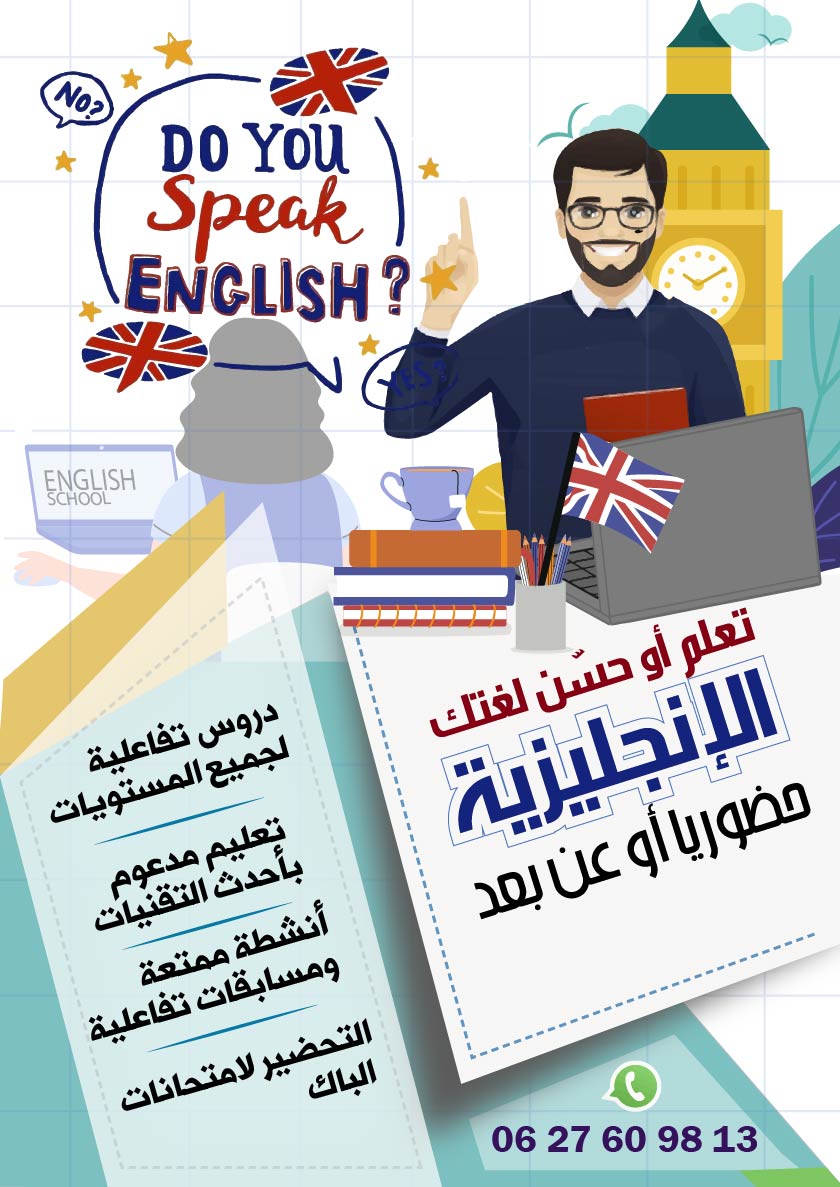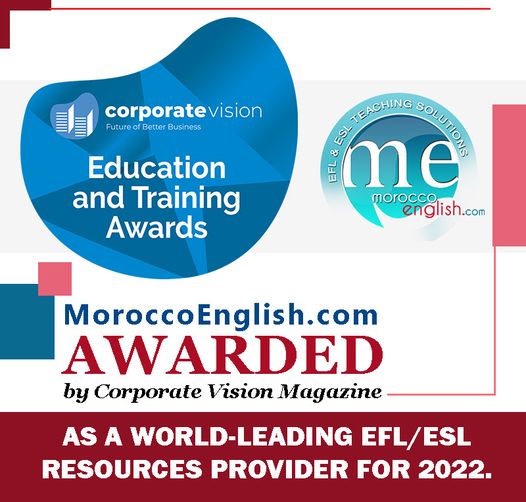One of the comprehension strategies which is regarded of vital importance in reading is predicting, guessing or anticipating. Prior to reading, effective readers make all sorts of predictions about the content of the passage under study, and later, test or check the predictions they make against the actual content of the passage. The readers’ ability to predict depends, to a great extent, on their knowledge of the text topic, their knowledge of the world, and other relevant parameters. Therefore, it is highly recommended that students be trained in prediction strategies as often as possible. To meet this end, a wide range of techniques can be devised by teachers or textbook designers, the aims of which are, first, to trigger students’ interest in the topic they are going to deal with, second, to help them activate their existing background knowledge or schema, and by the same token, to create the right condition conducive to facilitating text comprehension. Among the activities that can be suggested at this stage, we can distinguish the following:
Previewing titles, headings and subheadings:
Titles headings, etc. are a good means to trigger the students’ predictive potential with .regard to the content of the passage. Therefore. it proves worthwhile to have students look at the title or glance over headings (but not the text) and make predictions with regard to the theme of the text.
Using semantic mapping or spider-grams:
This technique can be drawn upon to elicit from the students words, word families, concepts… .related to the topic of the text at hand which they expect to find in the text.
Scene-setting:
in the form of brainstorming and via non~committal questions, the students can be led to predict what the text is about. By doing so, the teacher will have an idea about what the students already know about the subject matter, what they do not know, and the extent of new information they will get from the text.
The use of KWL chart:
Students are invited to fill the K and W chart columns respectively with what they know about the topic under study and what they wish to learn.
Theme discussion:
Prior to reading, the teacher can also resort to this rewarding technique by pairing off the students or getting them together in small groups to discuss the theme of the text.
The use of pictures and other visual support:
Effective use of pictures, captions, and other visual aids accompanying the text under study can also kindle the students’ interest and foster their predictive potential. This activity can also be followed by a short discussion of the topic.
The use of drawings technique:
This technique consists of inviting students to draw pictures representing / illustrating what they know about the topic. Such a technique can prove useful and rewarding for less able and low proficiency students but who are artistically talented.
Students’-generated questions:
Here, the students are invited, prior to reading, to predict a set of questions which they expect the text will answer. The title, the pictures accompanying the text, the subtitles, the first sentence of the text, the first paragraph, the first and last paragraphs,… can all be used as a platform to that end. Within the same vein, students can be invited to turn the title of the text or its headings, subheadings, illustrations, and graphic aids, if any, into questions. Answering the raised questions becomes the major purpose for the students’ reading.
Go to Next Page for more effective activities :
- Topic-related vocabulary exploitation:
- Exploiting the text in fragments:
- Exploiting the highlighted/bold typed words in the text:
- The write-before-you-read technique:




































